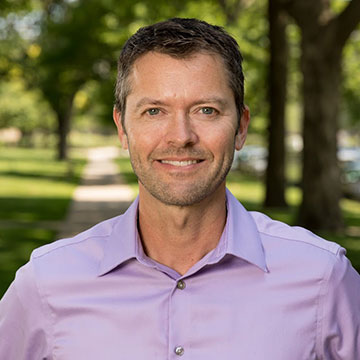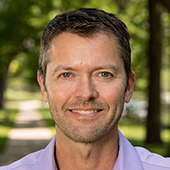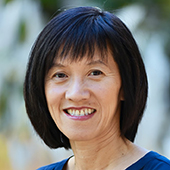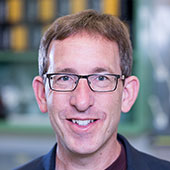Health Inequalities
A pressing policy problem in the United States and other countries is the extraordinary pattern of inequality in the health of children and adults. These health disparities are widespread and not easily explained. Faculty in IPR’s Cells to Society (C2S): The Center on Health Inequalities are forging new paths to create better understanding of, and improvement in, human health and social outcomes. They recognize that such an effort requires complex modeling of the interplay between biological processes and environmental influences. To this end, they coalesce around the Center’s mission to:
- bring together the social, life, and biomedical sciences to understand the origins, consequences, and policy solutions for contemporary health inequalities in the United States; and
- examine how broad social, race/ethnic, and economic disparities "get under the skin" and affect human development and physical health.
A Message from Thomas McDade, Program Chair and C2S Director

The Center on Health Inequalities continues to expand its scope of activities to understand how social, economic, and cultural contexts affect physical and mental health, as well as cognitive achievement, at the population level. Faculty research overlaps with other IPR program areas including Education and Human Development and Race, Policy, and Inequality.
Working Papers
Recently published articles and working papers in this program area include:
Burton Weisbrod. 2025. Financial Rewards for Health Care Program Outcomes and Why They Can and Do Lead to Undesired Results (WP-25-09).
Charles F. Manski, John Mullahy, and Atheendar Venkataramani. 2025. Prediction with Differential Covariate Classification: Illustrated by Racial/Ethnic Classification in Medical Risk Assessment (WP-25-04).
Lauren Bauer, Krista Ruffini, and Diane Whitmore Schanzenbach. 2024. The Effects of Lump-Sum Food Benefits During the COVID-19 Pandemic on Spending, Hardship, and Health (WP-24-35).
Faculty Experts
Faculty come from the fields of anthropology, sociology, psychology, biomedical sciences, pediatrics, and preventive medicine, in addition to other social science and medical fields.
Events
There are no upcoming events at this time.




